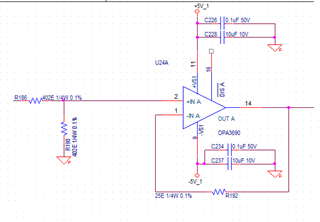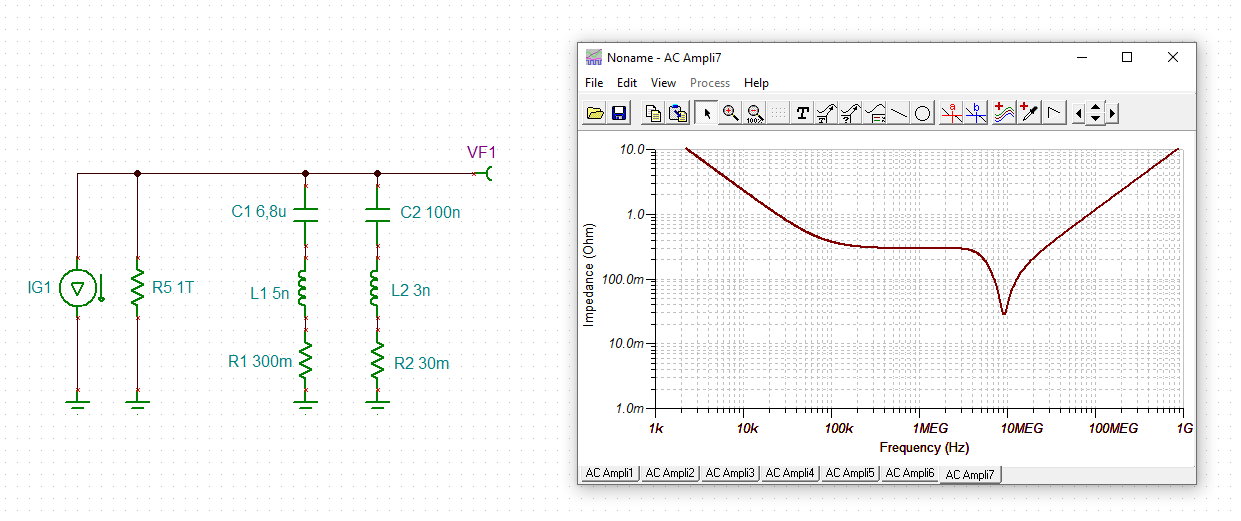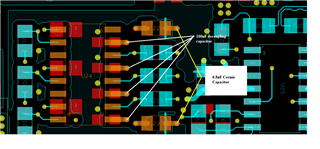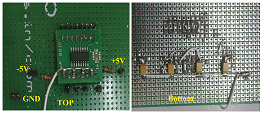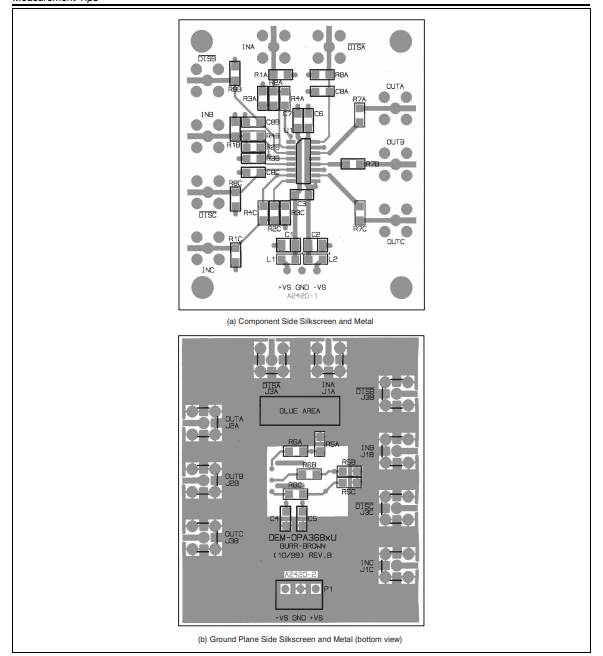Other Parts Discussed in Thread: OPA690, OPA3691
Hi,
I am testing OPA3690 at bench level as simple Voltage follower with 25 ohm series resistor as in application note. Powered by +5 and -5V dual supply . ( Initially tested in prototype Video board with same configuration and no load, the IC was dissipating too much heat above70 degree Celsius at room temperature)
Each opamp is taking 40mA current at 0V input. all 3 around 100mA current without load. As per the datasheet it should be 16mA current max.
The same I tested with OPA690 it is fine, the temperature increases by only 4 degree Celsius.
Please suggest what could be the reason and how reduce the current or dissipation of the IC.
Praveen


